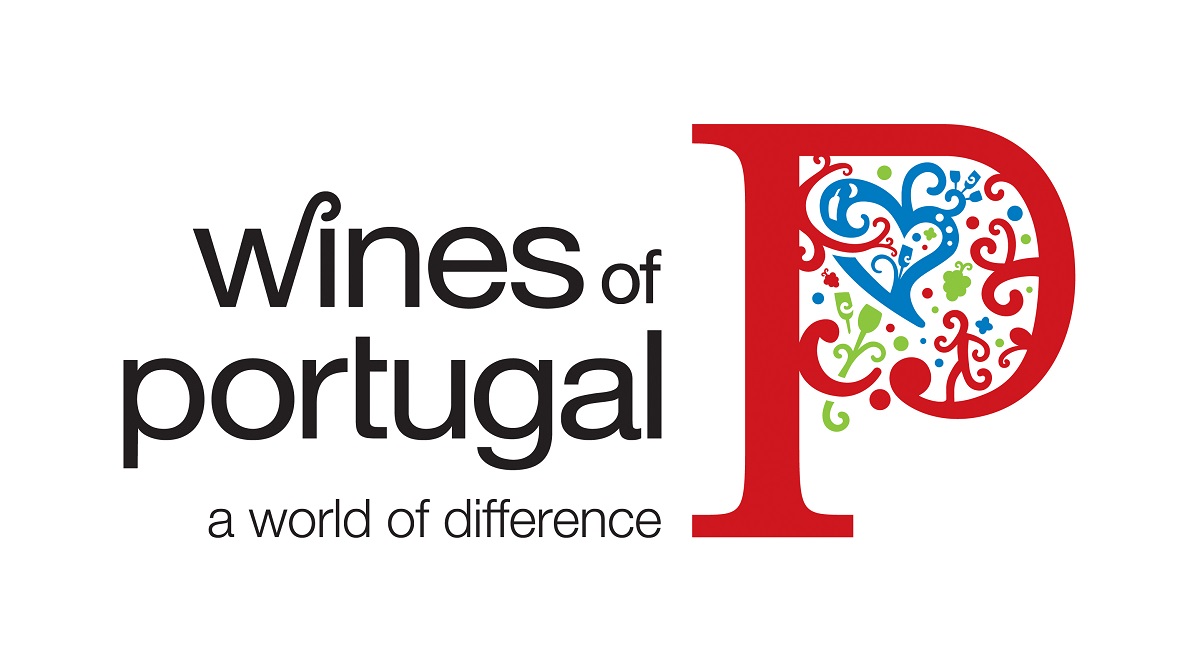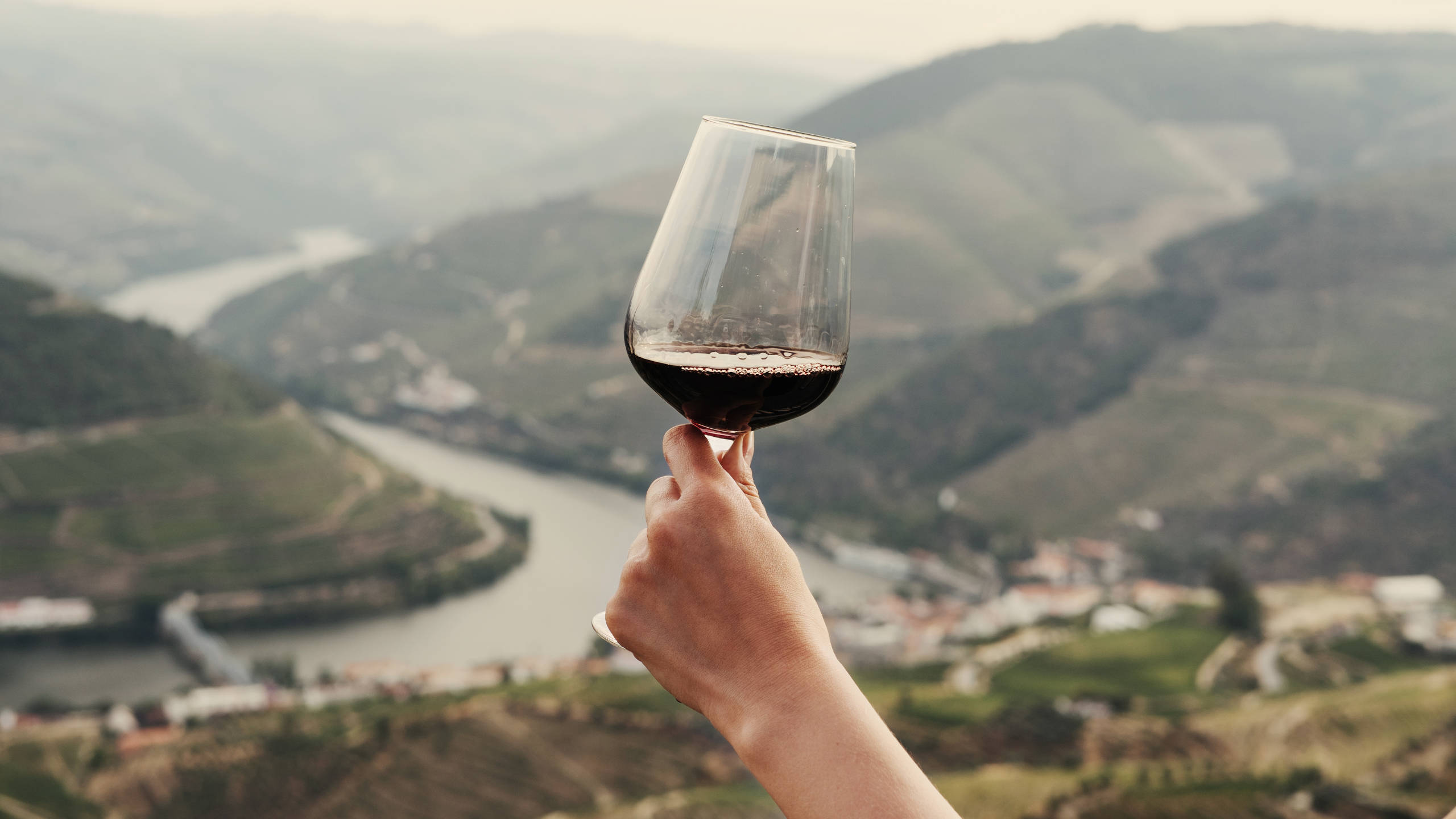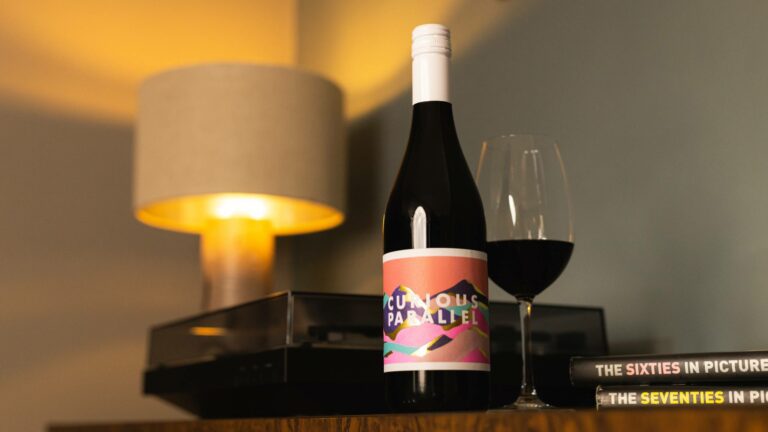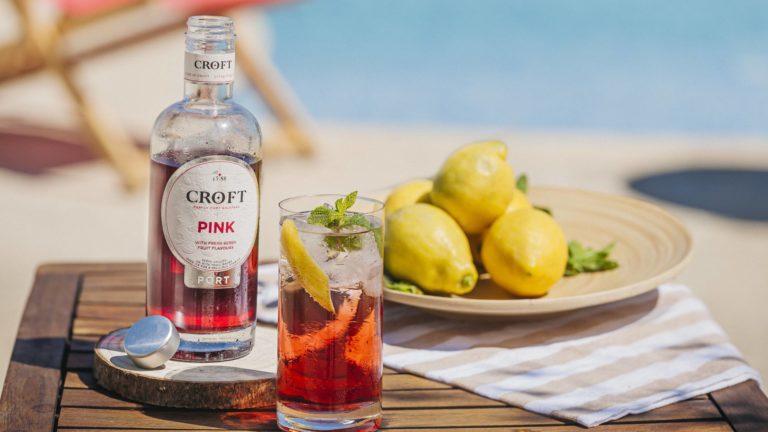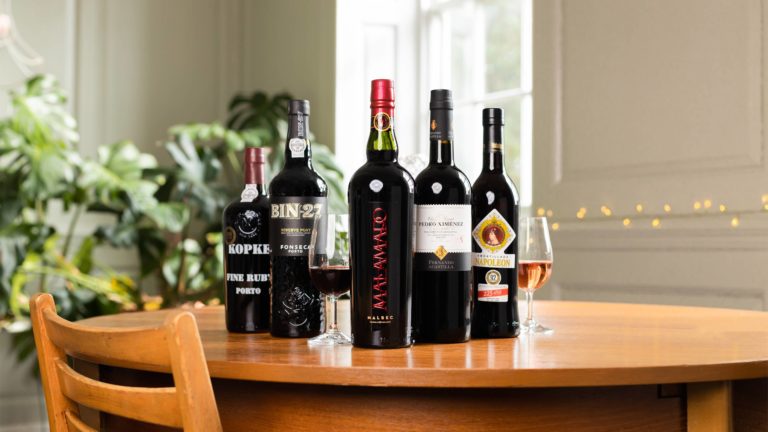You may have noticed an influx of listings to our Portuguese range recently. For a long time now, behind the scenes, we’ve been working on a project with Wines of Portugal with the aim of delivering wines that express the full potential of Portugal at great value. We feel we’ve nailed it! And we hope you do too. Read on for a little bit of background on the wines and their regions that are behind this exciting new project.
Vinho Verde
This green, wet region in northern Portugal has been born again in recent years. Back in the 80s most producers would grow their grapes for wine on highly trained vines, leaving room beneath for other crops to maximise the return on their land. The wine suffered as a result of this diluted focus on the grapes giving the region a somewhat poor reputation for its wines. However, in recent decades, a few tweaks in the vineyard has led to truly high quality output which has kicked that hangover reputation into touch.
Furthermore, Vinho Verde has a bit of luck on its side. The natural style of white wine produced here, when left to its own devices, is light and vibrant with very moderate alcohol levels and the occasional slight spritz. Pretty much bang on-trend!
The Falco da Raza is precisely made in this style. Freshly picked Granny Smith apple, lemon and lime with a stony mineral feel on the palate lifted by a small sparkle. It shows too its proximity to the Atlantic with a subtle salinity that makes it a great match for any food of the sea.
Not a departure from the appeal of this on-trend style, but an example of how complex and interesting it come become, is the AIR Vinho Verde by Antonio Lopes Ribeiro. Again with a very friendly alcohol level, and impressive vibrancy, this organically grown and made Loureiro-Avesso-Arinto blend has extra depth and richness akin to a fine German Riesling.
Alentejo
In stark contrast to Vinho Verde, Alentejo is a large (about a third of the whole country), dry and hot region. Like most of Portugal’s wine regions, it has benefitted greatly from EU membership and funding has allowed them to bring the quality level right up to comfortably compete on the world stage. For a long time, and as remains the case, it’s also the world’s most important cork producer.
Its arid climate could be considered too hostile for wine production, but thanks to certain soils this is happily not the case. The Ribafreixo Barrancoa Tinto benefits greatly from its vineyard’s schist soil which retains the minimal rainfall and gradually feeds the vines throughout the ripening months, which gives wines from this region density to its fruit underpinned by a mineral character that creates lightness on the palate.
Algarve
Although Algarve is deep in the south of Portugal, it has coastline on both the west and the south, and is protected from the hot weather inland to the east by a string of mountains, tempering the hot summer sun and making for a cooler overall climate than those a little further north and inland.
Despite not having the same fame for wine production as some of the country’s other regions, it does have quite a long history of it. Tourism has taken precedence in recent years, but more and more talented and ambitious winemakers have identified the potential for wine down here and are starting to raise the profile.
That is where Convento do Paraiso comes in, the producer of our Imprevisto Algarve Tinto. This is the result of a long and considered study of the soil and microclimate, to determine the varieties best-suited to the vineyard site. Time very well spent, we say!
Trends in wine make a big difference. Just look at Prosecco or New Zealand Sauvignon Blanc. And Portugal’s time appears to be now. The light and fresh style of white wine is exactly what people are asking for, and the huge choice of different and interesting grape varieties, and a continuation of quality-focussed winemaking will surely be the recipe for its success when the time comes to look back in hindsight at Portugal’s rise.
